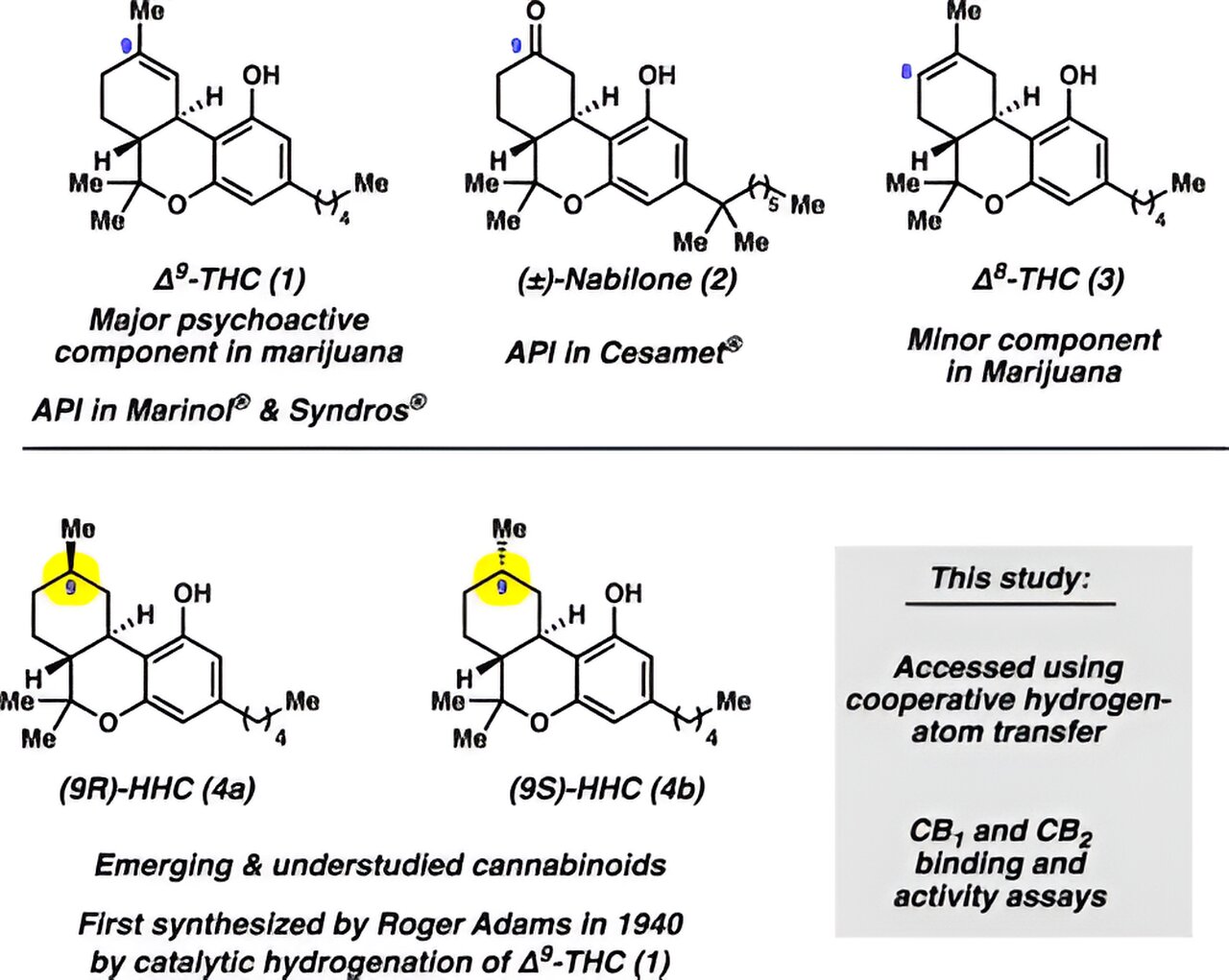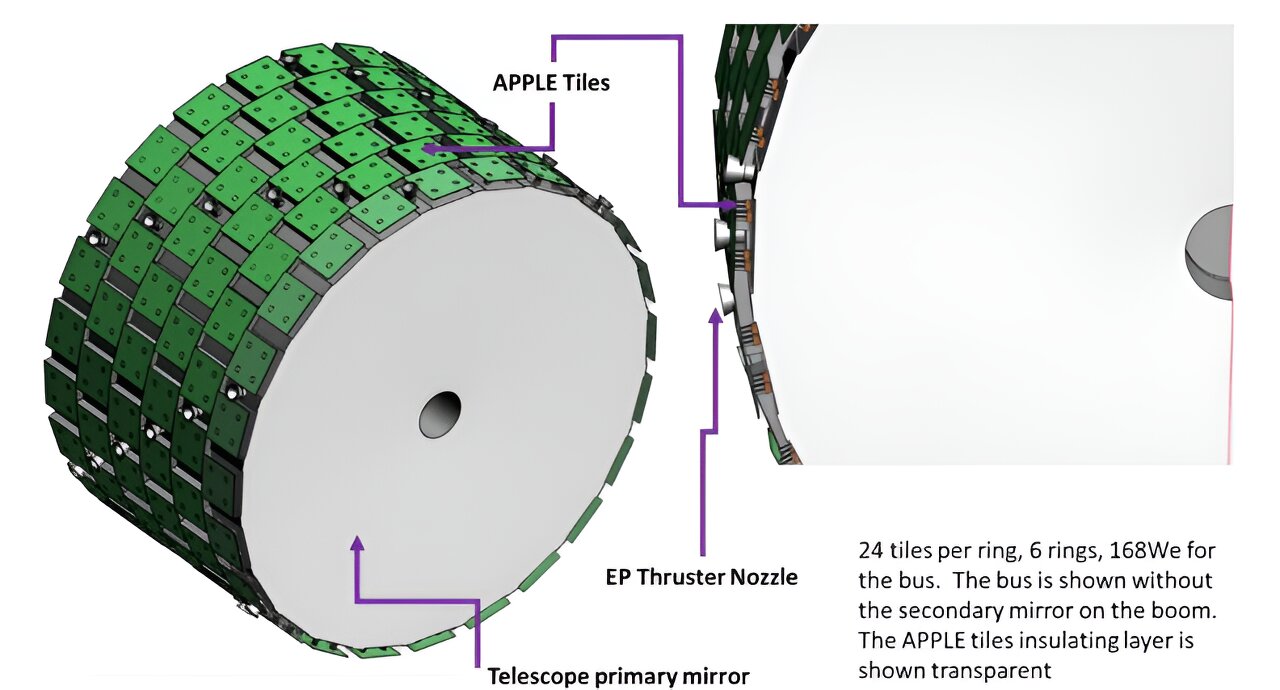Have you ever wondered what the first life forms were like? Scientists are now closer to answering this question by studying the earliest evolution of electron transport chains, a universal metabolic strategy with a very ancient history. In a new perspective article published in the journal Proceedings of the National Academy of Sciences, researchers describe their strategy for unraveling the mysteries of life’s origins.
Despite decades of progress, the origin of life remains one of the greatest unsolved problems in science. Aaron Goldman, Associate Professor of Biology at Oberlin College, explains, “Understanding how these most basic biological systems first took shape will not only give us greater insight into how life works at the most fundamental level, but what life actually is in the first place and how we might look for it beyond Earth.”
Traditionally, scientists have approached the question of life’s origins through laboratory experiments that simulate early Earth environments. While these experiments have provided valuable insights into how life “may have” originated, they cannot definitively tell us how life actually “did” originate. On the other hand, evolutionary biology research reconstructs early life forms based on data from present-day organisms, but it can only go as far back as the genes that are still conserved today.
In a groundbreaking article titled “Electron Transport Chains as a Window into the Earliest Stages of Evolution,” researchers propose a new approach that combines both laboratory research and evolutionary reconstructions. They focus on studying electron transport chains, a metabolic system used by organisms across the tree of life to produce usable forms of chemical energy. By synthesizing top-down and bottom-up research, the authors aim to gain a better understanding of ancient energy metabolism and ultimately uncover the origin of life on Earth.
This research is the result of five years of collaboration between a multi-institute interdisciplinary team led by Laurie Barge at NASA’s Jet Propulsion Laboratory (JPL). Their previous work has explored specific electron transport chain reactions driven by minerals, the incorporation of prebiotic chemistry in ancient enzymes, and microbial metabolism in energy-limited environments. By combining expertise from chemistry, geology, biology, and computational modeling, this team is paving the way for future studies on prebiotic metabolic pathways.








